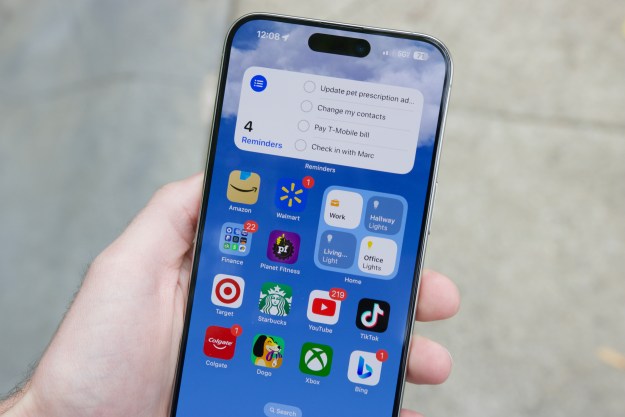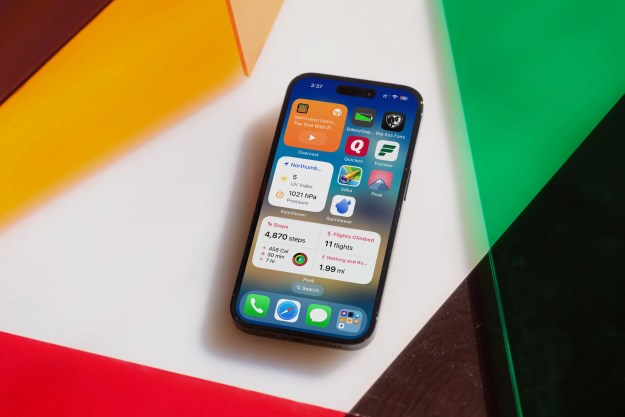Apple CEO Tim Cook believes that MacOS and iOS should remain as separate operating systems, and never merged as a single platform. He expressed this view in an interview after a recent event in Chicago, saying the company has no desire to “water down” either platform for a unified experience. Why? Because each platform is exceptional in their target devices.
“Both [the Mac and iPad] are incredible. One of the reasons that both of them are incredible is because we pushed them to do what they do well. And if you begin to merge the two … you begin to make trade-offs and compromises,” he said.
Of course, with just one operating system to rule all Apple devices, the company would be more efficient, he acknowledged. But Apple isn’t targeting efficiency, but rather what customers want out of their devices, whether it’s the new iPhone X or the MacBook Air. According to Cook, Apple wants to empower customers with the hardware they want for expressing their creativity, expressing their feelings, or changing the world.
“This merger thing that some folks are fixated on, I don’t think that’s what users want,” he added.
Cook may be indirectly referring to rumors hinting to a unified platform across all Apple devices codenamed as Marzipan. But Apple isn’t shooting for a one-OS-fits-all-devices solution. Instead, the move is something akin to Microsoft’s Universal Windows Platform for Windows 10. A single app should work across all Apple devices no matter the underlying hardware and Apple-based operating system.
Currently, developers must generate separate apps for MacOS and iOS, and right now, they appear more inclined to develop for iOS than MacOS. Just look at the Mac App Store’s seemingly barren state, which is devoid of popular apps like Facebook, Twitter, Netflix, and Hulu. Yet now developers are reportedly able to create a single app that works on both platforms while supporting touchscreens, trackpads, keyboard, and mice in the process.
Will this “universal app platform” be what developers need to provide Mac owners a better app experience? Time will tell. Twitter pulled the plug on its Mac-based app in February, stating that Mac owners can get the “full” Twitter experience using their web browser. Meanwhile, Twitter’s app still remains on the App Store for iOS, Google Play for Android, and the Microsoft Store for Windows 10.
Cook’s view on a MacOS/iOS merger is similar to Google’s take on Chrome OS and Android. The move seems imminent given Chrome OS now supports Google Play and
“I think we’re very fortunate as a company to have two very successful platforms each in their own way and in their own segments,” Lockheimer said in late 2016. “For us, there’s no point in merging them. They’re both successful. We just want to make sure both sides benefit from each other, so that’s why we brought Google Play from Android over to Chrome OS.”
Editors' Recommendations
- An Apple insider just revealed how iOS 18’s AI features will work
- This one thing could make iOS 18 the best iPhone update in years
- When will Apple release iOS 18? Here’s what we know
- This could be our first look at iOS 18’s huge redesign
- iOS 18 could make my iPhone look like Android, and I hate it


